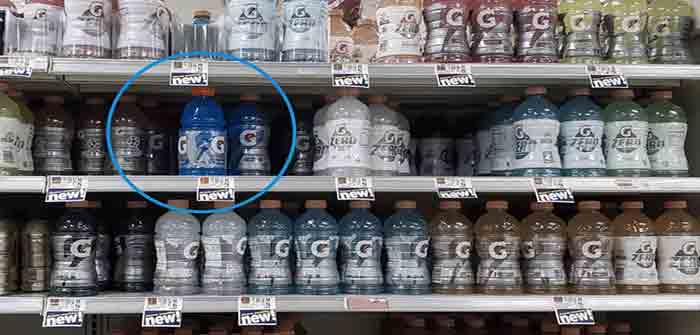
by Clarisa Diaz at Quartz
Do consumers notice when their everyday products get smaller? Often they don’t and companies are taking advantage by reducing the amount of product they sell while keeping prices the same. Shrinking product sizes to pad profits is not a new tactic but it grows in popularity during periods of shortages and inflation. Some consumers are noticing and documenting their shrinking groceries on the shrinkflation subreddit.
Even with today’s release of US inflation figures from the Bureau of Labor Statistics showing prices increased 7.9% in the last 12 months, consumers may not realize they’re paying more for some of their regular purchases because companies are reducing sizes while keeping prices the same.
What is the meaning of shrinkflation
Downsizing a product while keeping its price the same is sometimes called “shrinkflation”—a combination of the words shrink and inflation. Companies face higher prices for their supplies and may try to pass that onto the consumer. Downsizing a product reduces costs for manufacturers.
Shoppers tend to be price-sensitive but they may not notice subtle changes in packaging, or read the fine print on the size or weight of a product. The result is that consumers are less likely to notice getting less if the price is the same.
“Downsizing comes in waves, and it tends to happen during times of increased inflation,” said Edgar Dworsky, a consumer rights lawyer that keeps track of downsized products on consumerworld.org. “Bottom lines are being pinched and there’s three basic options: raise the price directly, take a little bit out of the product, or reformulate the product with cheaper ingredients.”
Companies usually want to keep their customers happy without direct increases in a product’s price. They also want to keep their prices competitive with companies selling similar products. Not all size changes are born from profit seeking. New regulations that limit calories or the amount of sugar in a product can cause a product’s size to change. Companies use a PPP model, or Price Pack Purchase model, to determine how to target products in specific channels for the right prices.
